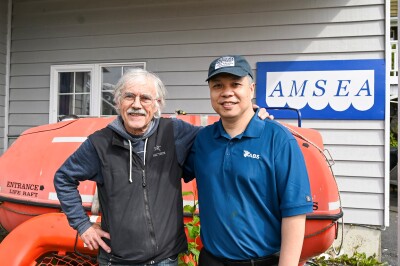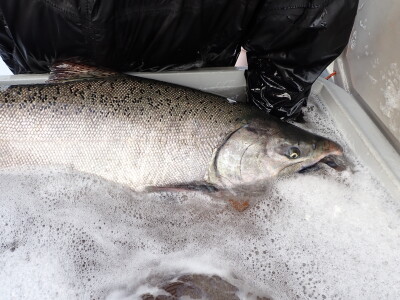After reading Chuck Gray’s opinion piece promoting the Susitna Dam in the June 29 edition of the Fairbanks Daily News-Miner, I was compelled to respond to his mischaracterization of the issue. I moved to Alaska in 1979, drawn by its vast wild lands, an unbeatable quality of life and rich natural resources, including wild salmon. We still have these things because we’ve managed them well throughout our history. I am proud to have been a part of that effort during my 25-year career with the Alaska Department of Natural Resources.
Mr. Gray writes that, “in most places in Alaska, a hydro project would cause trouble with wild salmon runs. In this case, there really isn’t one.” Mr. Gray’s statement regarding Susitna River salmon is not only misleading, but wrong. The Susitna River supports the fourth largest chinook (king) salmon run in Alaska and is one of three major rivers feeding the Upper Cook Inlet commercial fishery. In contrast to Mr. Gray’s statement, chinook salmon do indeed exist above the dam site but have never been accurately counted.
Mr. Gray and the Alaska Energy Authority (AEA) imply the salmon above the dam are inconsequential. During the last failed attempt at building this dam in the 1980s, biologists mistakenly assumed Devil’s Canyon served as a barrier to salmon migration and didn’t extend evaluations that far upriver. The last two years of AEA salmon studies have been plagued by problems — with equipment, river and land access and even incorrectly identifying fish. I question whether AEA has accurate information regarding how many salmon migrate above Devil’s Canyon or what the impact of the proposed dam might be.
Read the full story at the Fairbanks Daily News-Miner>>
Want to read more about salmon dams? Click here...






